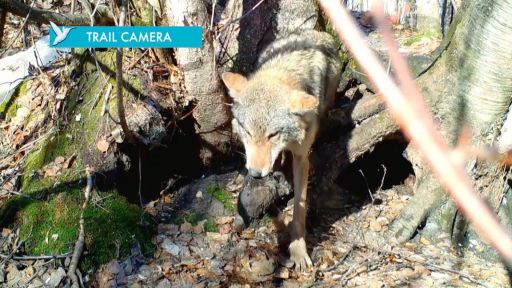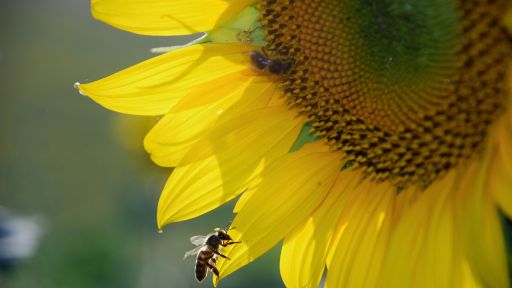Citizen Scientist Jane Williamson-Davenport shares her experience monitoring lilacs as part of The National Phenology Network’s Track a Lilac project.
Features



(guitar music) - I'm Jane Williamson-Davenport.
I'm a family nurse practitioner.
And today, I'm a citizen scientist.
I got involved with Track a Lilac project because it's a great excuse to be outside.
And the desert is glorious at this time of year.
It's not just the lilacs.
It's the sky, it's the ground, it's everything.
- Individuals have been tracking and reporting on the phenology of lilacs since at least the 1950s, and we house those data in the database maintained by the USA National Phenology Network.
The data have enabled us to be able to better track when the start of spring is occurring.
And what we are seeing is that, depending on where you are, the onset of spring varies quite a bit from year to year.
But overall, we're seeing a very clear trend toward earlier springs in much of the country.
(guitar music) - These lilacs are looking pretty good and they are just about to open up.
I think being a citizen scientist is our duty.
Watching our surroundings, seeing how it changes and then reporting it.
This is how we get the big picture of what's happening in our world.
I encourage everybody to get out there and track something.
(birds chirp)
